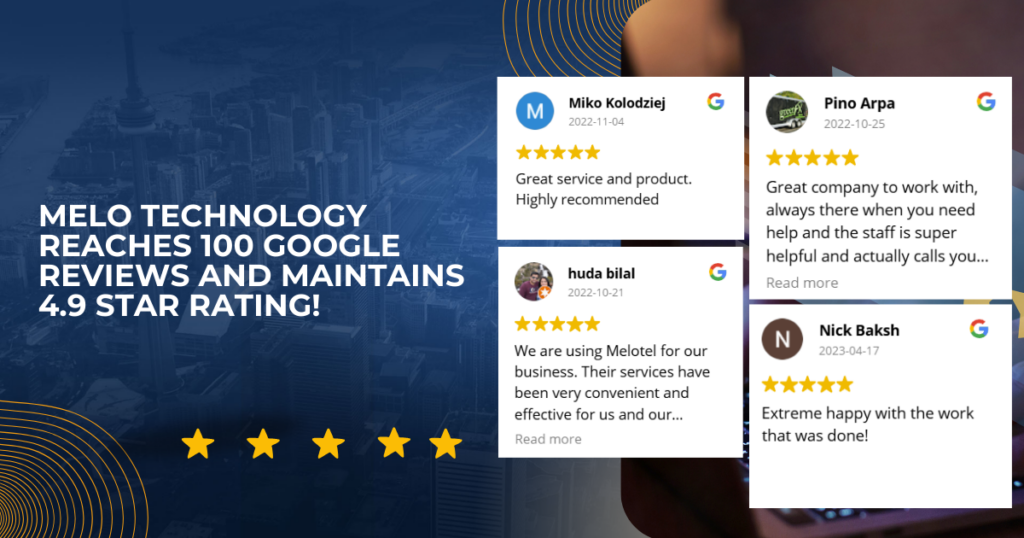Blog
Windows 7 Reaches End Of Life

Now that we are living in the 20s, it stands to reason for us all to expect many technological advances to come. Many are bound to make those of the previous decade appear archaic. Microsoft’s move from Windows 7 to Windows 10 is one of the first advances to take place this decade.
Yesterday was the day that Windows 7 reached the end of its life. Microsoft officially ended mainstream support for Windows 7 back in January of 2015. However, they extended their support until January 14th, 2020. If you’re still using Windows 7, you will no longer be receiving any help with the service from those who created it. Not for free, anyways.
As announced on Lansweeper.com, the End of Life for Windows 7 means “no more bug-fixes, security patches or new functionality, making any user – personal or enterprise – significantly more susceptible to malware attacks. Just as it did with Windows XP, Microsoft will continue to offer support for those Windows 7 users still reluctant to upgrade to its Windows 10 OS, but it’ll cost you.”
Microsoft made an official statement last month.
“Microsoft made a commitment to provide 10 years of product support for Windows 7 when it was released on October 22, 2009,” reads their website, “This 10-year period has now ended, and Microsoft has discontinued Windows 7 support so that we can focus our investment on supporting newer technologies and great new experiences. The specific end of support day for Windows 7 was January 14, 2020.”
Microsoft goes on to point out that technical assistance and software updates from Windows Update that help protect your PC are no longer available for Windows 7 users. They strongly recommend a move to Windows 10. That way, you’ll avoid a situation where you need service or support that is no longer available.
You may still use Windows 7 if you wish.
To be clear, even though the platform is practically considered obsolete by Microsoft, it will still function. As Lansweeper.com points out, many corporations are still using it, even though it’s a nearly decade-old system. And while Microsoft is claiming to have officially ended its support of the system, as of yesterday, it will still offer support at a cost. “High fees” is how Lansweeper.com put it when discussing the costs associated with ongoing Windows 7 support.
This isn’t exactly welcome news to businesses that continue to use the platform. Not only has Windows 7 reached its End of Life as far as traditional support is concerned, but using the outdated operating system will make your computer vulnerable to cyber-attacks.
“Windows 7 was the version of Windows most widely affected by WannaCry in 2017,” reports Lansweeper.com, “Without patches, Windows 7 is still vulnerable to the recently disclosed BlueKeep bug and several other flaws that Microsoft patched in August.”
How big is the security threat for continued users of Windows 7?
It’s hard to say. However, the longer a company uses an outdated operating system, the more vulnerable its computers are to viruses and other security risks. Lansweeper.com advises businesses to start scanning all of their devices for malware and other bugs.












